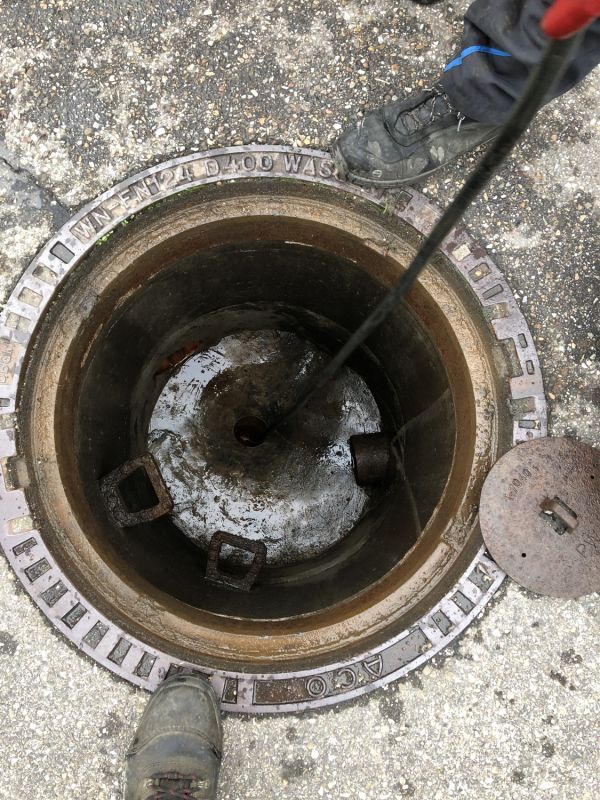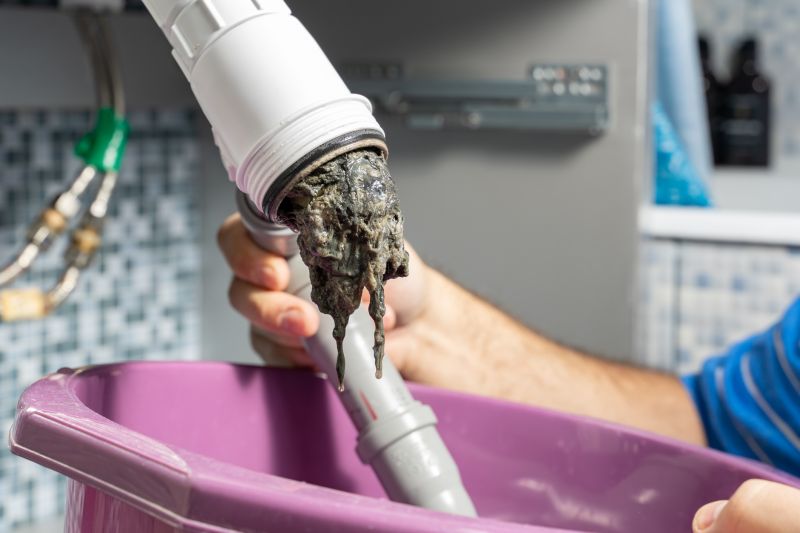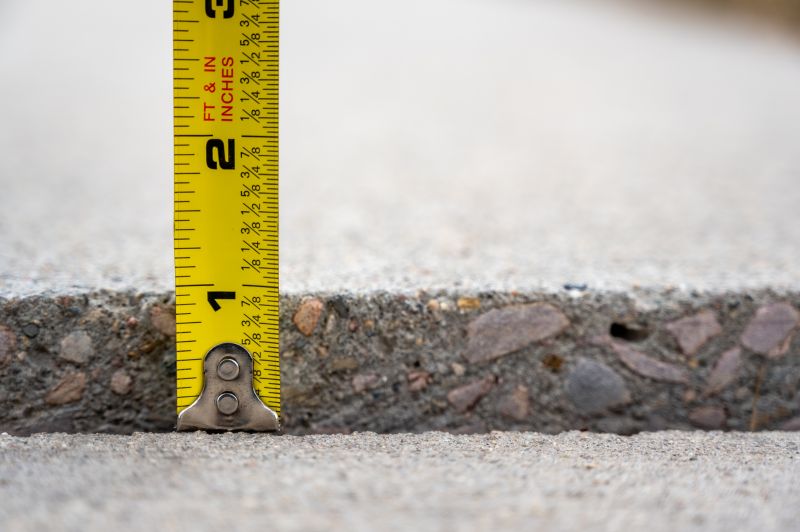Optimal Timing for Ditch Cleanings
Ditch cleanings are most effective when performed during periods of low water flow, typically in late summer or early fall. Conducting cleanings during these times allows for easier access and thorough removal of debris, sediment, and blockages. Regular maintenance before heavy rain seasons can prevent flooding and water damage.
Spring cleanings help remove accumulated debris from winter, ensuring proper water flow during the rainy season.
Performing cleanings in summer can prevent blockages caused by plant growth and sediment buildup.
Fall is ideal for preparing ditches before winter, reducing the risk of ice formation and water overflow.
Winter cleanings are generally less effective due to frozen ground, but inspections can identify potential issues for spring.

Ways to make Ditch Cleanings work in tight or awkward layouts.

Popular materials for Ditch Cleanings and why they hold up over time.

Simple add-ons that improve Ditch Cleanings without blowing the budget.

High-end options that actually feel worth it for Ditch Cleanings.

Finishes and colors that play nicely with Ditch Cleanings.

Little measurements that prevent headaches on Ditch Cleanings day.

A 60-second routine that keeps Ditch Cleanings looking new.

A frequent mistake in Ditch Cleanings and how to dodge it.

Small tweaks to make Ditch Cleanings safer and easier to use.
| Season | Best Time for Ditch Cleanings |
|---|---|
| Spring | After snowmelt and before heavy spring rains |
| Summer | Mid to late summer, before fall rains |
| Fall | Late fall, before winter freeze |
| Winter | Limited, mainly inspections and minor repairs |
| Pre-Rainy Season | Before heavy rainfalls to prevent flooding |



